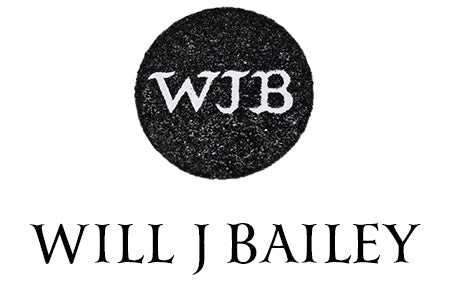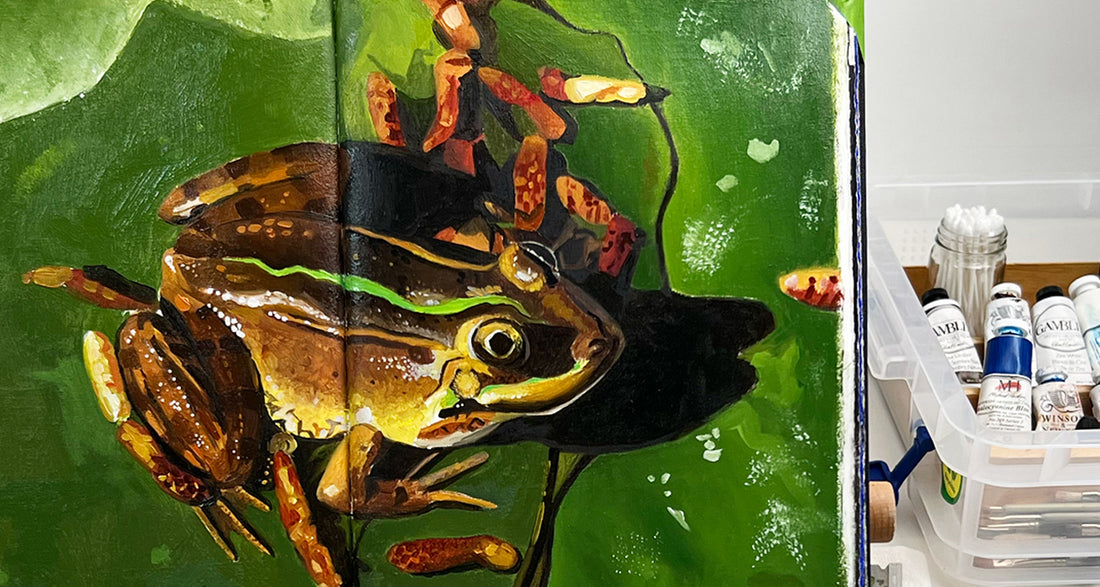Whilst linen and wood are the most popular surfaces for oil painting, you can also use paper. However, as with all substrates, it should be properly prepared first.
I recommend using 100% cotton mould-made paper if possible, because of its strength, surface texture and excellent archival properties. It is expensive, but like oil paint itself, can potentially last many hundreds of years.
If you can't use 100% cotton, you could use an archival/acid free paper such as Bockingford instead. It's cheaper than cotton, and because most of the acidic lignin from the wood pulp has been removed, it will still have a long lifespan.
The choice between hot press and cold press is a personal one, depending on how much tooth you like. My work is detailed, so I prefer smoother hot press.
There are some papers, such as Arches Huile, specifically designed for oil painting, which have been pre-prepared with a "semi absorbent unique sizing and oil barrier" to protect the paper. But apart from these, it's really important to use a suitable primer first. Without it, the oils will eat away at the fibres and the paper will eventually perish. Also, you may experience 'sinking', where the oil is absorbed, separating from the pigment, leaving dark, dull patches.
For this project I tested Michael Harding's Non Absorbent Primer in my handmade sketchbook on 300gsm Hot Press Fabriano Artistico. I used two coats, painted in different directions with a brush, leaving it to dry overnight in-between.
It performed brilliantly, and I would highly recommend it. If you're painting in a book like me here, be prepared to leave it out to dry for quite a long time afterwards, otherwise it will stick together. I used Gamblin Solvent Free Gel and linseed oil only, and it took about a week to dry well enough to close.

